Baboon Cliff is a prominent rocky outcrop and a renowned viewpoint situated within Lake Nakuru National Park, Kenya.
Baboon Cliff is famous for offering some of the most spectacular panoramic views over Lake Nakuru and the surrounding park, making it a must-visit spot for photographers and nature lovers.
Baboon Cliff Background Significance
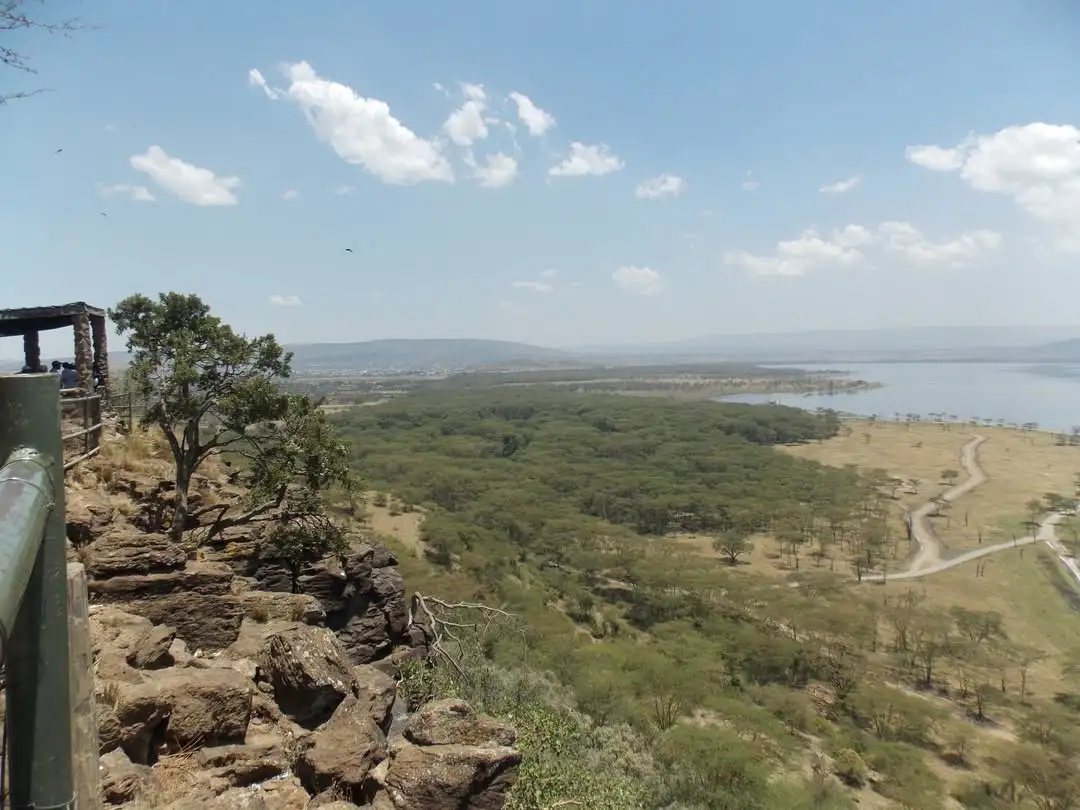
Baboon Cliff is a natural geological formation, a rocky escarpment that rises above the western shores of Lake Nakuru.
Its significance lies primarily in its strategic elevation, providing breathtaking, expansive views of the lake, often teeming with flamingos (though numbers can vary) and other birdlife, as well as the diverse landscapes of the park.
The name “Baboon Cliff” suggests a historical and ongoing presence of baboon troops in the area. It has long been a key stop for visitors to appreciate the scale and beauty of the park.
Baboon Cliff Location Access Guide
Parent Destination: Located within Lake Nakuru National Park, Kenya.
Specific Location/Address: Found on the western side of Lake Nakuru, offering eastward views across the water.
GPS Coordinates: Approximately -0.375° S, 36.065° E (Coordinates can vary slightly depending on the exact viewpoint on the cliff).
How to Access: Accessible by vehicle via the park's internal road network. It's a drive-to viewpoint, usually with a designated parking area. The roads within Lake Nakuru National Park are generally well-maintained.
Landmarks and Towns Near Baboon Cliff
- Within Lake Nakuru National Park, relatively close to the main gate.
- Nakuru town is the nearest major urban center, just outside the park.
- Other viewpoints like Lion Hill are also within the park, though on different sides of the lake.
Your Baboon Cliff Viewing Experience
The core appeal of Baboon Cliff is the unparalleled panoramic vista. From this vantage point, visitors can gaze across the shimmering expanse of Lake Nakuru, famous for its flamingo populations (though their presence varies seasonally and with water conditions).
Beyond the lake, the views extend to the acacia woodlands, grasslands, and rocky hillsides that characterize the park. It's an excellent spot for observing the layout of the park and appreciating its diverse habitats.
Wildlife commonly spotted from or near Baboon Cliff, besides the baboons that give it its name, can include buffalo, waterbuck, and various bird species soaring above.
The primary activity here is sightseeing, photography, and simply soaking in the magnificent scenery. Short, careful walks near the designated viewing areas might be possible, but always be cautious of the cliff edge and wildlife.
Unique Features of Baboon Cliff in L. Nakuru N.P
- Breathtaking Panoramas: Offers arguably one of the best overall views of Lake Nakuru and its surroundings.
- Namesake Inhabitants: Olive baboons are frequently seen in the vicinity, often providing entertaining antics (but maintain a safe distance and do not feed them).
- Photographic Hotspot: A favorite location for landscape photographers, especially during sunrise or sunset.
- Bird's-Eye View: Provides a unique perspective on the lake's shoreline and the vast numbers of birds often present.
- Geological Interest: Showcases the Rift Valley's escarpment features.
Best Time to Visit Baboon Cliff
Time of day: Sunrise and sunset are particularly magical from Baboon Cliff, offering stunning light conditions for photography and a serene atmosphere. Mid-morning can also be good for clear views after any early morning mist has burned off.
Seasonality: Accessible year-round. The views can be particularly dramatic after the rains when the vegetation is lush and green, and the lake levels might be higher. Dry seasons can offer clearer, less hazy views over long distances. Flamingo numbers fluctuate, so check recent conditions if they are a primary interest.
Baboon Cliff Visitor Information
Opening Hours: Governed by Lake Nakuru National Park hours, typically 6:00 AM to 6:00 PM. No entry into the park after 6:15 PM, and visitors are expected to exit by 7:00 PM.
Entry Fees: Access to Baboon Cliff is included in the standard Lake Nakuru National Park entry fees set by the Kenya Wildlife Service (KWS). Fees vary for citizens, residents, and non-residents. Check the official KWS website for current rates.
Time Needed: Allow at least 30 minutes to an hour to fully appreciate the views and take photographs. You might stay longer if you are keen on birdwatching or simply enjoying the scenery.
Guided Tours Available: While there aren't specific "Baboon Cliff guides," any safari guide operating within Lake Nakuru National Park will know the viewpoint well and usually include it in a park tour. Information panels might be present providing details about the view.
Facilities Near Baboon Cliff
Facilities directly at Baboon Cliff are usually minimal to preserve the natural setting, often consisting of a parking area and perhaps some basic safety railings or informational signs.
- Toilets: Available at the main park gates, some picnic sites within the park, and at lodges/campsites. It's unlikely to find toilets right at the cliff edge.
- Souvenir Shops/Information Center: Located at the main park gate (Lanet Gate or Nderit Gate) or within some of the park's lodges.
- Picnic Spots: Lake Nakuru National Park has several designated picnic sites (e.g., Makalia Falls, Enasoit) where visitors can enjoy a meal with a view, though Baboon Cliff itself is more of a viewpoint than a developed picnic area.
Baboon Cliff Photography Tips
Best Vantage Points: The main viewing area provides a wide arc of the lake. Explore slightly different angles if safe and permitted.
Recommended Lenses/Gear:
Wide-angle lens (e.g., 16-35mm, 24-70mm) is essential for capturing the sweeping panoramic views.
Telephoto lens (e.g., 70-200mm or longer) can be useful for zooming in on distant wildlife on the lake shores or birds.
A tripod can be beneficial, especially for sunrise/sunset shots or for sharper images.
Polarizing filter to reduce glare from the lake and enhance colors.
Time of Day for Best Light: Golden hours – early morning and late afternoon – for soft, warm light and dramatic skies.
Baboon Cliff Safety Accessibility
Safety Precautions:
- Be extremely cautious near the cliff edge; there can be steep drops. Supervise children closely.
- Do not feed baboons or other wildlife. They can become aggressive and it disrupts their natural behavior.
- Secure your belongings, as baboons can be opportunistic thieves.
- Stay within designated viewing areas.
Accessibility for People with Mobility Issues: The main viewing area at Baboon Cliff is generally accessible from the car park via a short, relatively flat path.
However, the terrain might be uneven in places. Those with significant mobility challenges might find it easiest to enjoy the view from or very near their vehicle if the parking allows a good line of sight. It's not a strenuous activity.
Baboon Cliff Conservation Respectful Tourism
Specific Rules:
- Do not litter. Take all your trash with you.
- Stay on marked paths and designated areas to avoid soil erosion and disturbing vegetation.
- Keep noise levels down to avoid disturbing wildlife and other visitors.
- Respect the wildlife's space.
How Visitors Can Help Preserve It:
- Adhere to all park rules and regulations.
- Avoid feeding any animals, as this can lead to human-wildlife conflict and negatively impact their health and behavior.
- Support the park through entry fees, which contribute to conservation efforts.
- Report any issues or concerns to KWS park staff.
Location
Check Out Lake Nakuru National Park Attractions
Discover more attractions and activities in Lake Nakuru National Park
Visit DestinationBook a Trip to Baboon Cliff
Include Baboon Cliff in your personalized Kenya safari itinerary and create unforgettable memories.
Plan My SafariMore Attractions
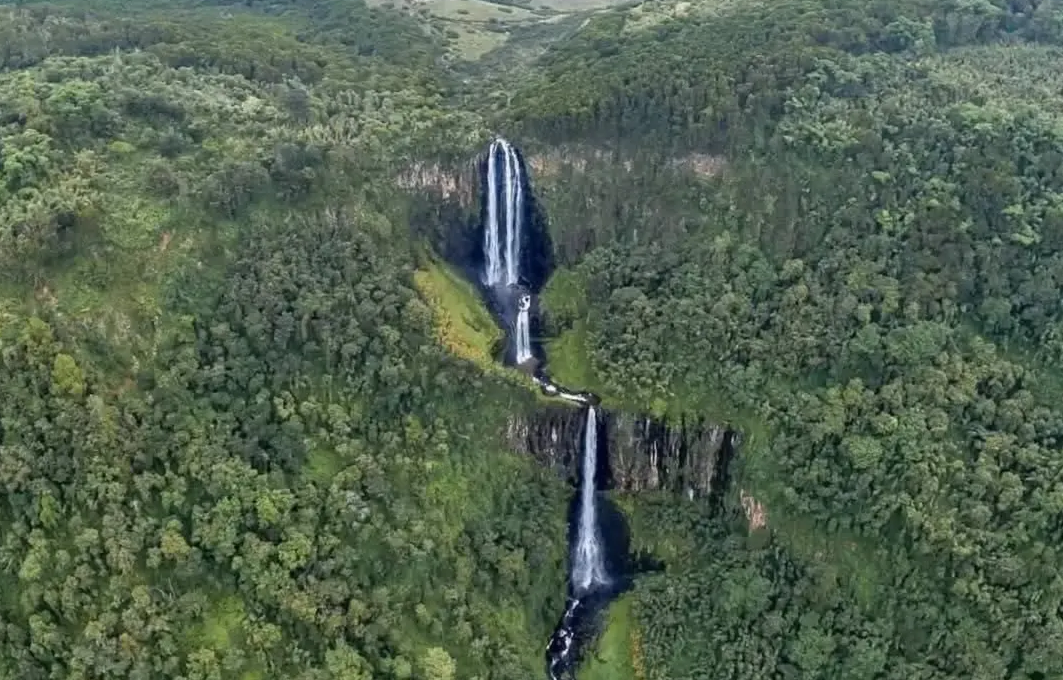
Karuru Falls (Aberdares)
Kenya's tallest waterfall in three breat...
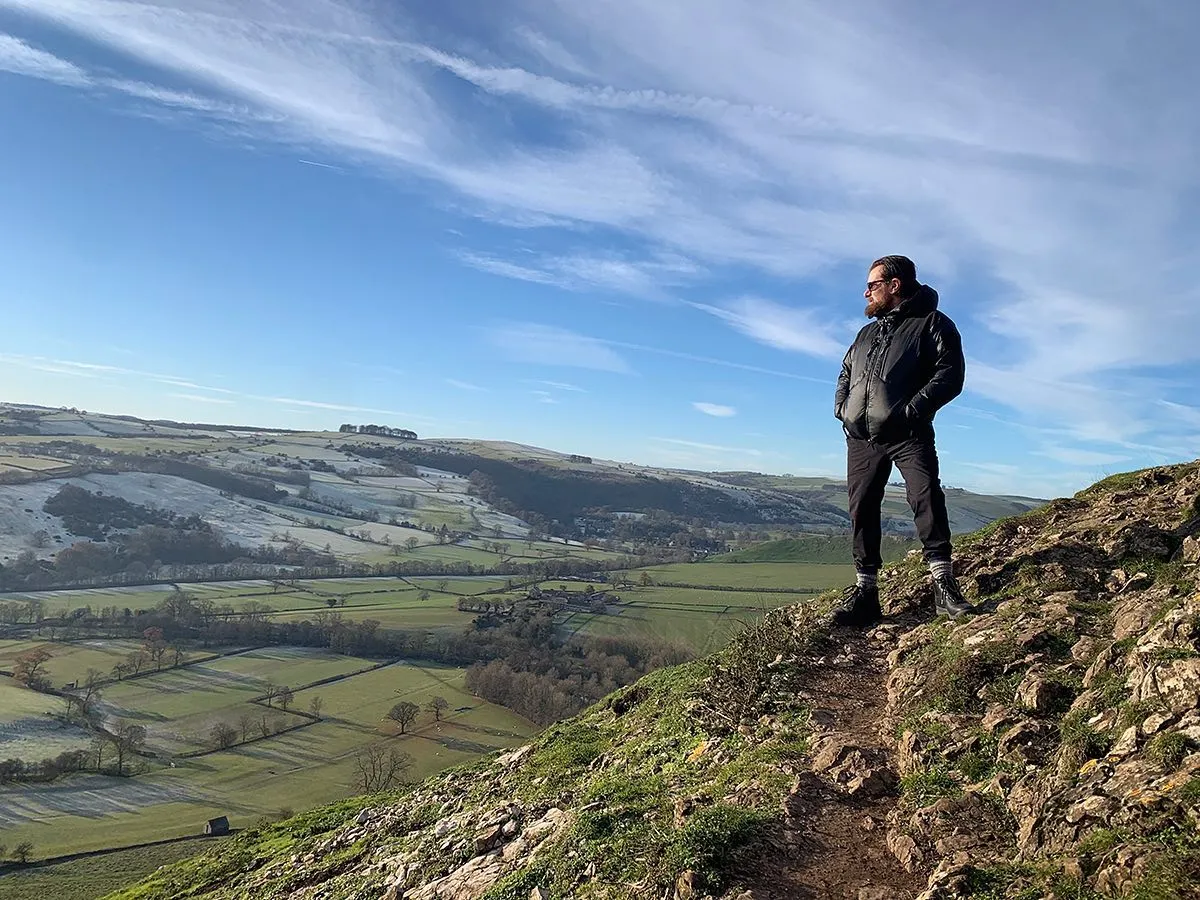
Chania Falls (Aberdares)
Serene waterfalls cascading over rocky l...
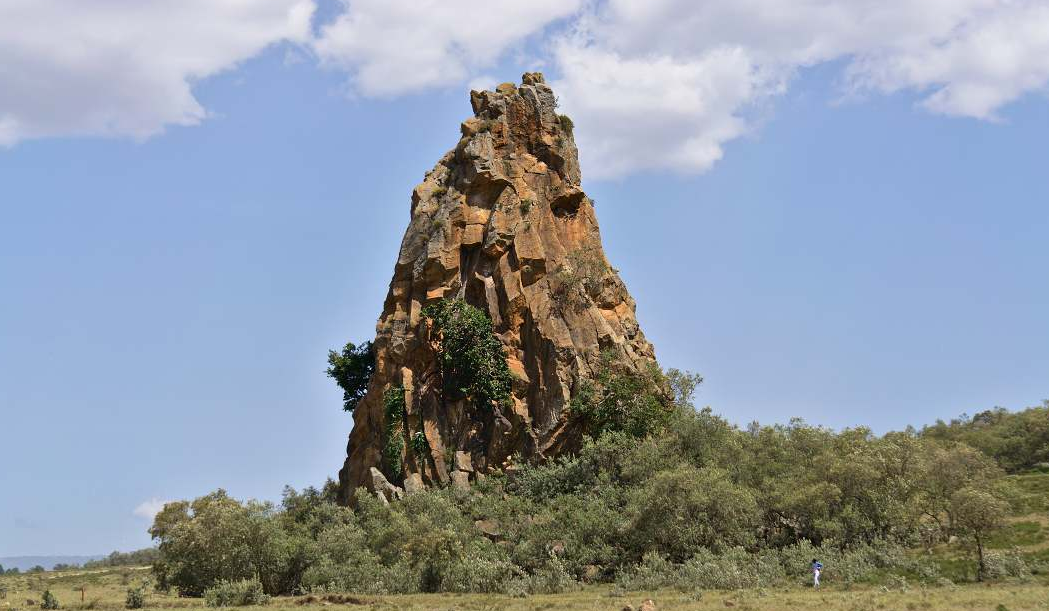
Buffalo Springs (Buffalo Springs NR)
Life-giving natural springs in the arid...
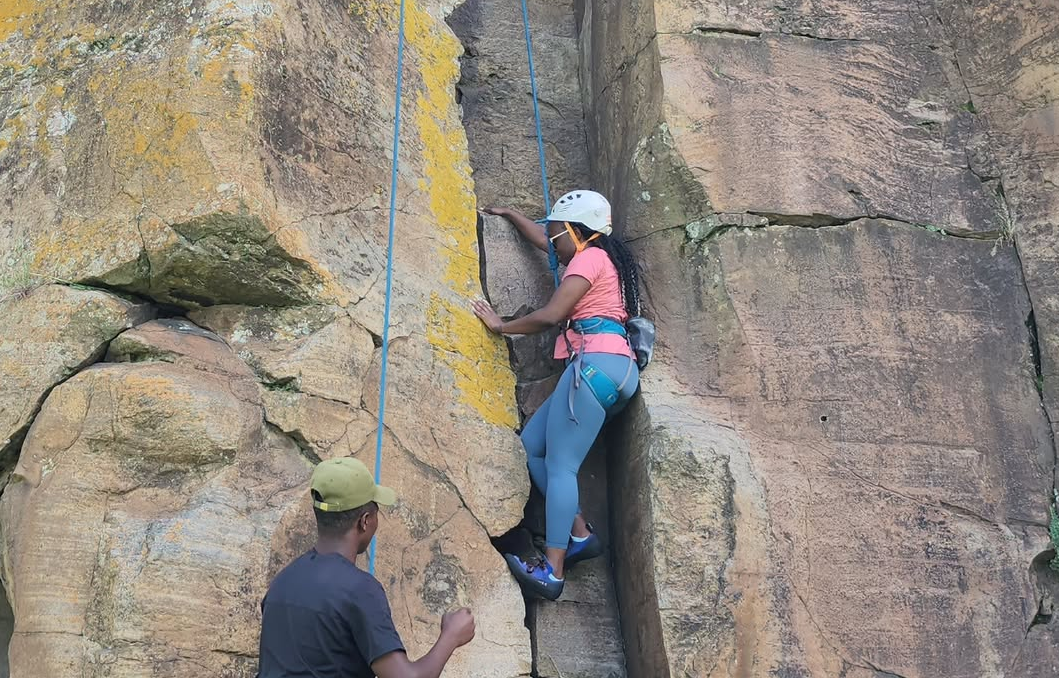
Fischer's Tower (Hell's Gate NP)
Iconic volcanic plug popular for rock cl...

Central Tower (Hell's Gate NP)
Impressive rock tower offering climbing...
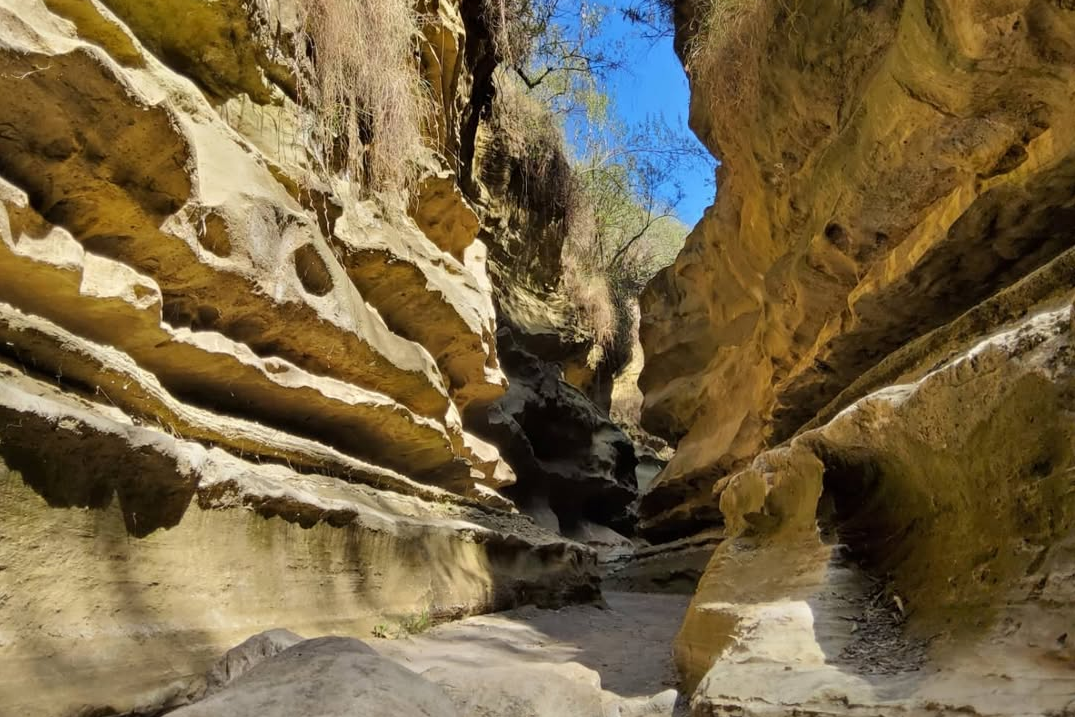
Ol Njorowa Gorge (Hell's Gate NP)
Dramatic gorge carved by ancient water f...